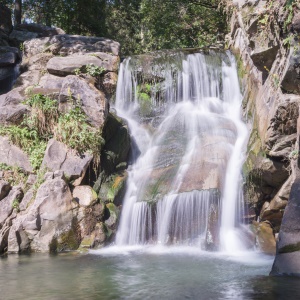Polish National Parks
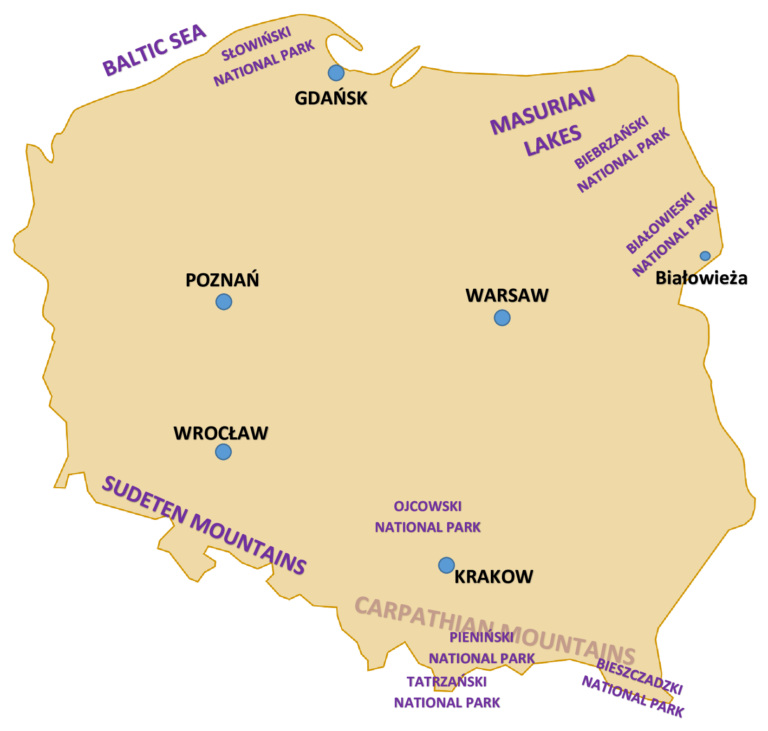
National Parks in Poland, as well as all their nature, are fascinating, interesting and unusual. Discovering them could be an inspiring experience and give a lot of fun. Thanks to the idea of national parks, the wonders of nature are better protected, and this makes it possible to enjoy and learn about them. This idea arose in the 19th century in the United States and then spread throughout the world.
There are 23 national parks in Poland. These are areas under legal protection and are extremely valuable in terms of nature, landscape, culture and science. One of them, the Białowieża Forest was classified by UNESCO as Poland’s first and only Natural World Heritage Site. A further 5 Parks UNESCO has classified as International Biosphere Reserves. The flora and fauna protected in these parks ranks them among the most precious natural sites in Poland and even in Europe.
Below park descriptions you can find a sample itinerary
Ojcowski National Park
The most attractive sights are the spectacular isolated rocks such as Hercules’ club, Deotyma Needle which are similar to the rocks in Turkish Cappadoccia or Arizona. The Park has approximately 400 caves. One of the most interesting is Łokietek Cave (320 m).
The ruins of the Gothic castle in Ojców and the Renaissance residence in Pieskowa Skała are major attractions within the park. Walk through the park and then along the Eagles’ Nests Track – a group of Medieval fortresses. This area gives a great opportunity for active tourism such as hiking, biking and horse riding.
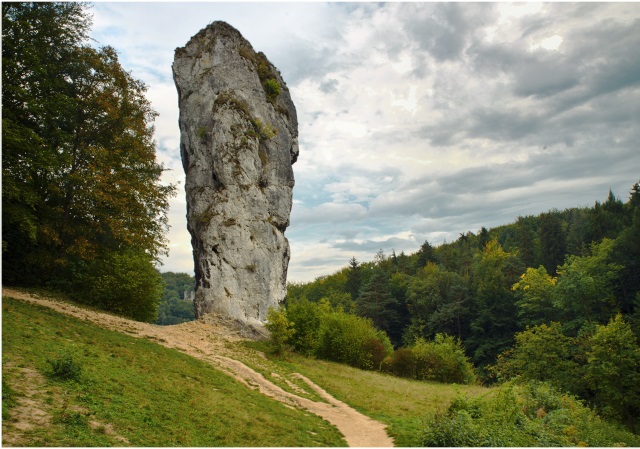

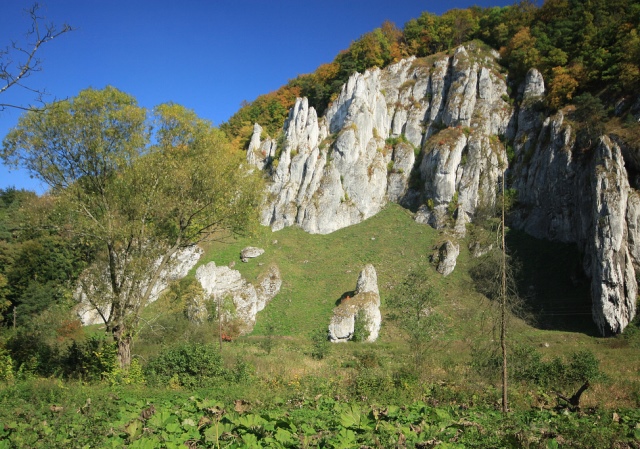

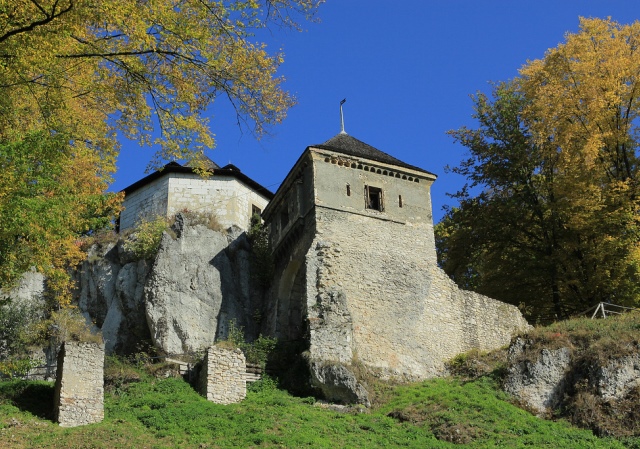
Pieniński National Park
Located in the Pieniny Mountains in Southern Poland at the border with the Slovak Republic.
The main attraction is rafting with wooden rafts on Dunajec River Gorge through the limestone rocks. This is one of the most amazing views in Poland.
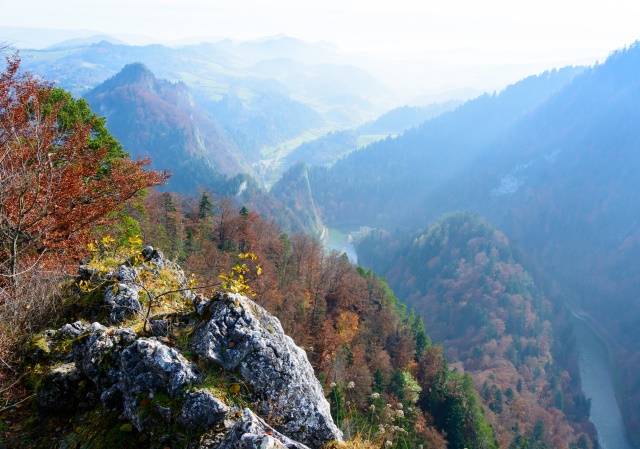
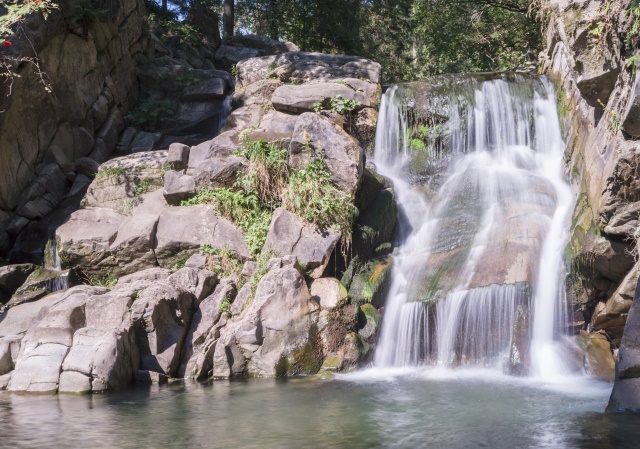

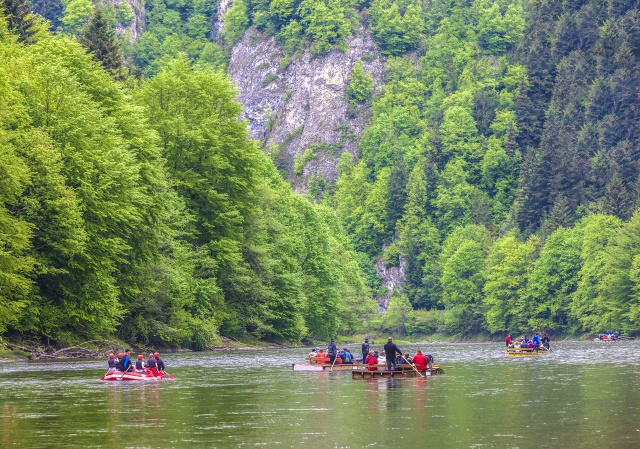

Tatrzański National Park
The Tatra range forms part of the Western Carpathians bordering the Slovak Republic. The Tatra National Park was granted the status of UNESCO International Biosphere Reserve of world-wide importance in 1993.
Walk through the picturesque Kościeliska and Chochołowska Valleys, a great area for hiking. The 300 km of well-marked tourist trails are graded to denote different levels of difficulty.
Hikers may rest at the old shepherds shelters along the route.
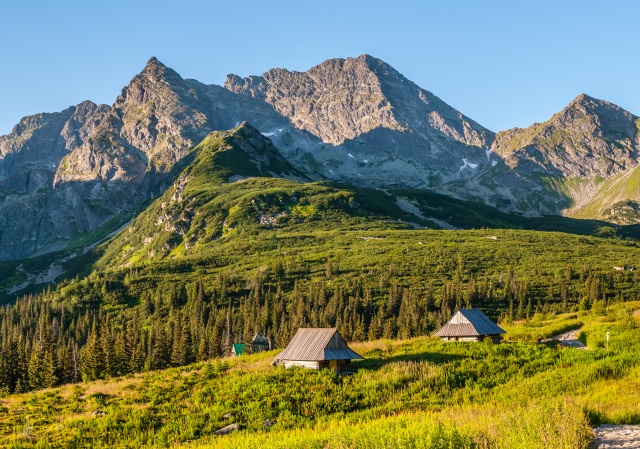
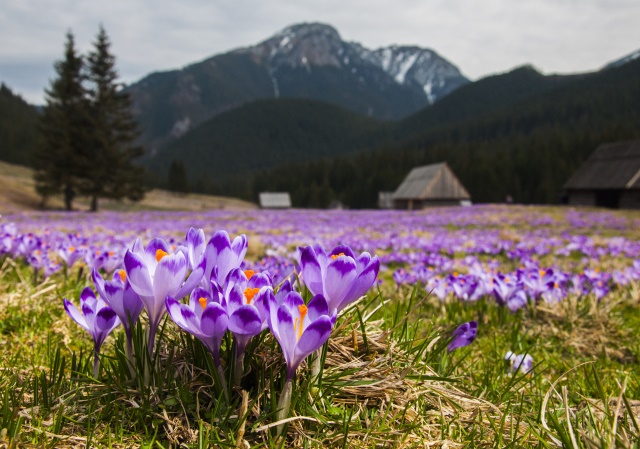


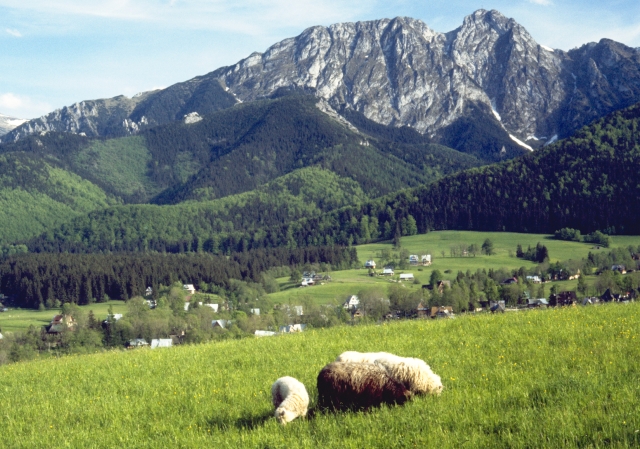
Białowieża National Park
The European Bisons’ Kingdom and the last primeval forest in lowland Europe. Walk through Białowieża Forest. Visit to the bison reserve – the symbol of the park. The park is abundant in animal life, with more than 12 000 species. Many of them are under protection.
One of the most beautiful groups of ancient oaks named after the kings of Poland and Lithuania grows in the Old Białowieża Glade. These oaks are more than 400 years old. Dinner and overnight in Białowieża.


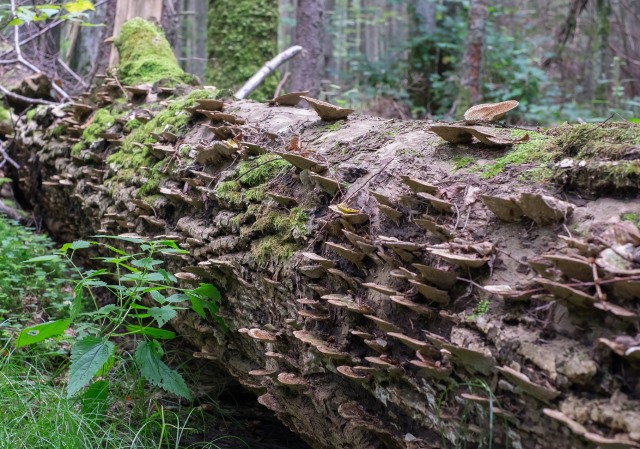
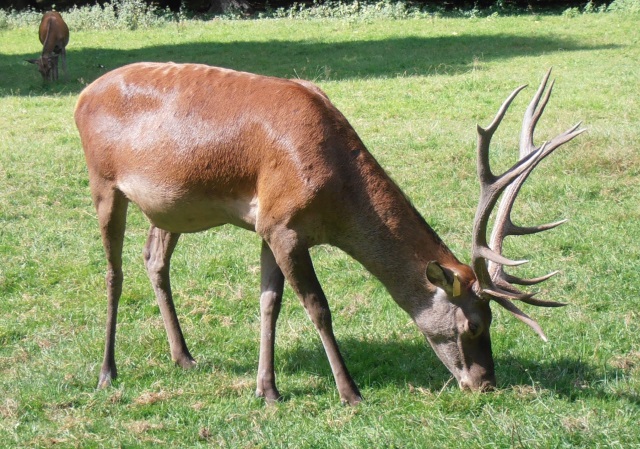
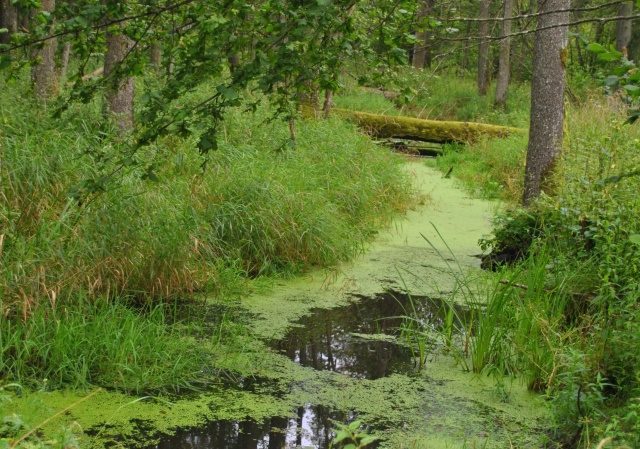
Słowiński National Park
Famous for the natural phenomena, the so-called shifting sand-dunes caused by sand washing onto the beach, then drying and blowing inland.
Słowiński National Park has been recognized by UNESCO as part of the World Network of Biosphere Reserves. The Baltic Sea constitutes the northern border of the park; the southern sector includes four beautiful lakes: Łebsko, Gardno, Dołgie Wielkie and Dołgie Male. Two of the lakes, Łebsko and Gardno, are former bays which, over a period of time, were cut off from the sea by sandbars. 1.5 hour walk to reach the dunes, either through the forest or along the sea shore, is a splendid occasion to admire the wild Baltic coastal landscape which forms the habitat for about 255 species of birds. The great number and variety of species results from the fact that the park, located on the most important annual bird migration routes has remained unspoiled.
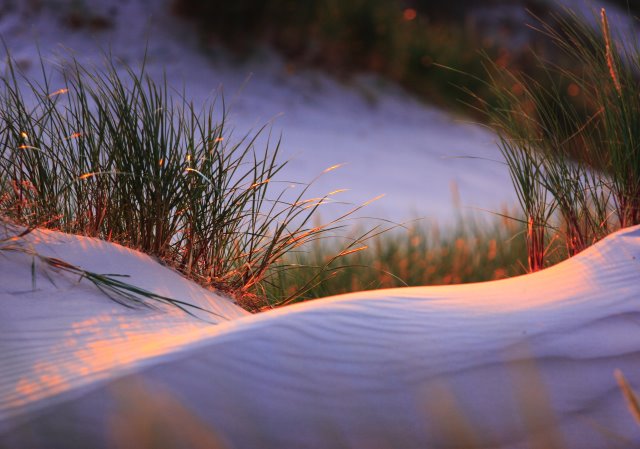
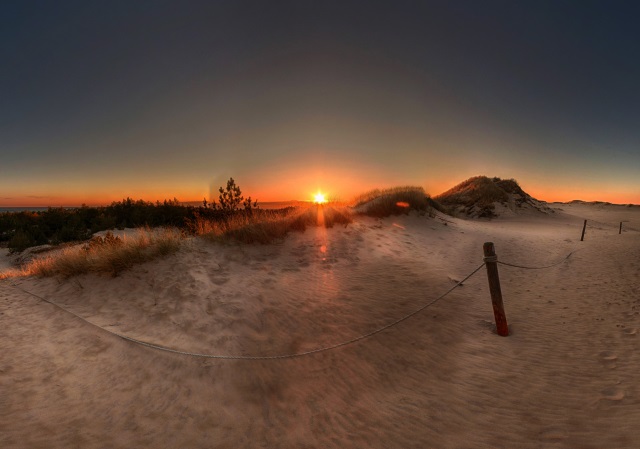

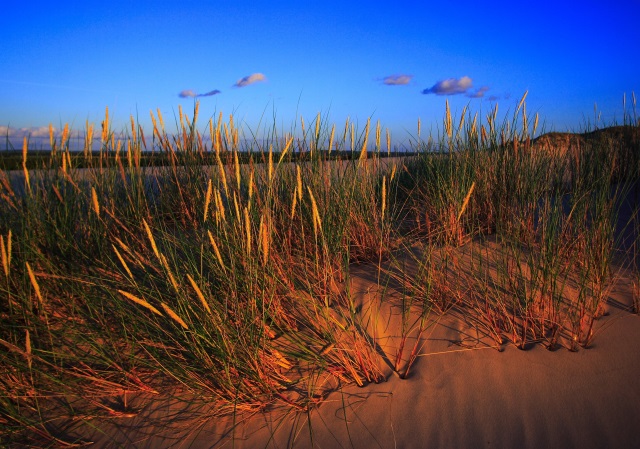
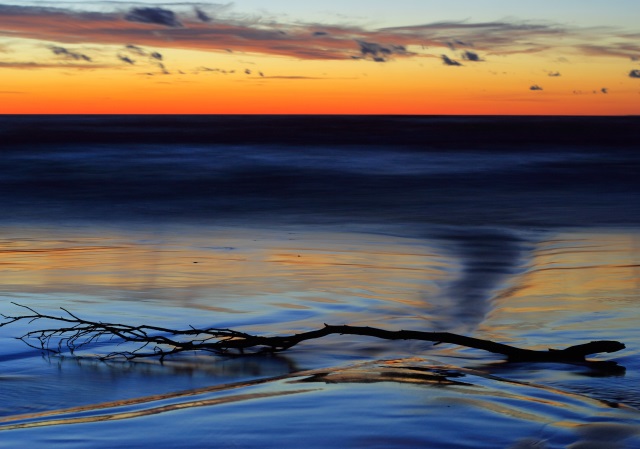
Biebrzański National Park
The biggest among Polish National Parks, could satisfy the greatest ornithologist’s expectations. Biebrza valley is also widely known as the largest marsh area in Europe, stretching as far as the eye can see giving stunning views, birch-thickets and alders, acres of reed beds, wet meadows and peat bogs. Most of its territory is under strict protection. Early spring gives excellent opportunities to watch migratory birds during Biebrza’s flooding season. The river floods at this time of year and most of the area seems to be a shallow lake with thousands flocks of geese, whooper, mute and Bevick’s swans, cranes, widgeons, pintails and many waders and waterfowls can be easily observed while stopping over here. The best known target rarities of the area are aquatic warbler and great snipe. Biebrza is also considered to be one of the best places in Europe for birds of prey, especially for eagles: white-tailed, golden, booted, short-toed and spotted eagle can be encountered anywhere.
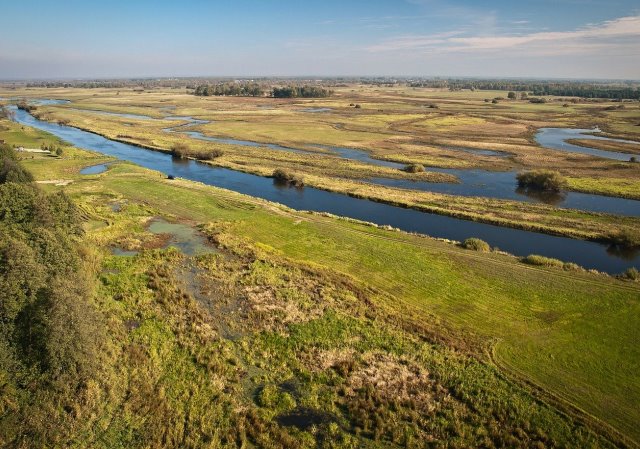
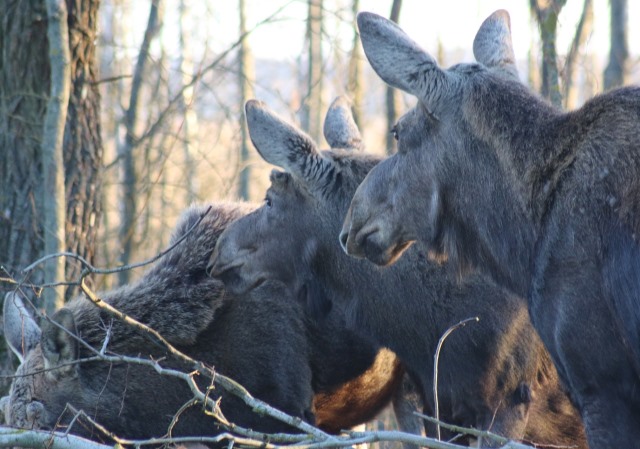
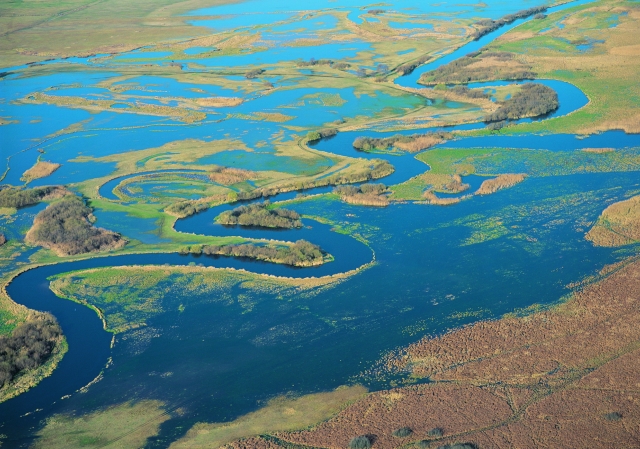
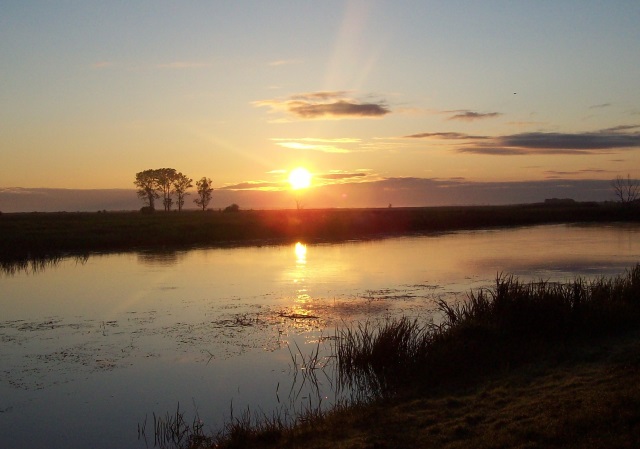
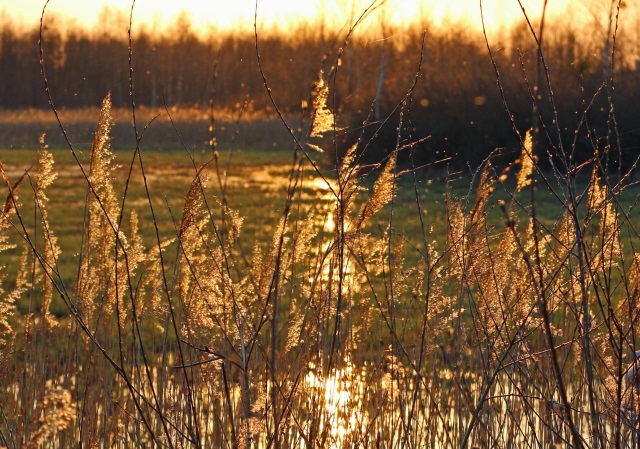
Bieszczadzki National Park
Surrounded on three sides by Slovakia and Ukraine, the Bieszczady Region has one of the purest natural environments in the country. The low population density has resulted in a minimal level of development, whilst poor accessibility and limited amenities mean that outdoor enthusiasts rather than groups of holidaymakers areattracted to the mountains.
There are some 200 rare species of animals living in Bieszczady. Their number includes the European bison, which was introduced in 1963 in Forestry Stuposiany, as well as brown bear, lynx, wildcat, wolf, deer and wild boar. Birds are represented by over 100 species, including the Ural owl, the alpine hedge-sparrow, pipit, and golden eagle. Numerous reptiles, including vipers, may be encountered on the trails.
Since 1994 the Bieszczadzki National Park has maintained one of the largest herds of a hardy Polish breed of horses called Huculs. There are approximately 90 animals at the Preservatory Stud. The horses are also used for tourist rides.
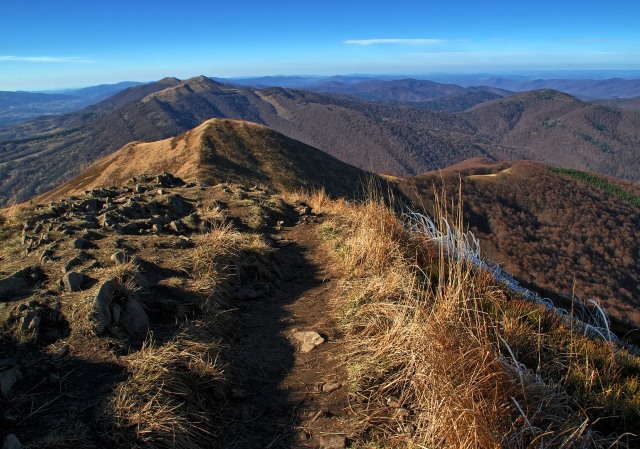
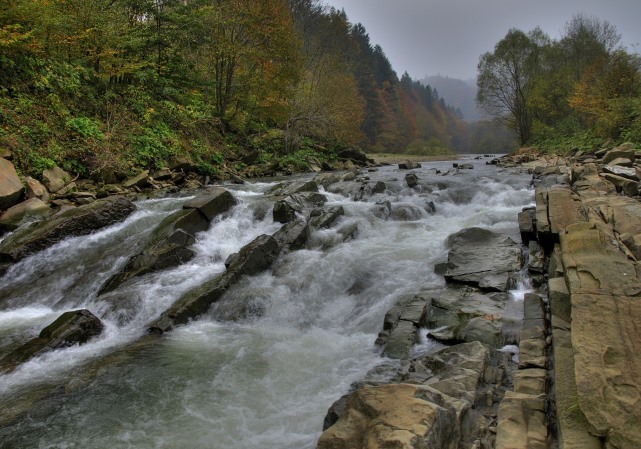
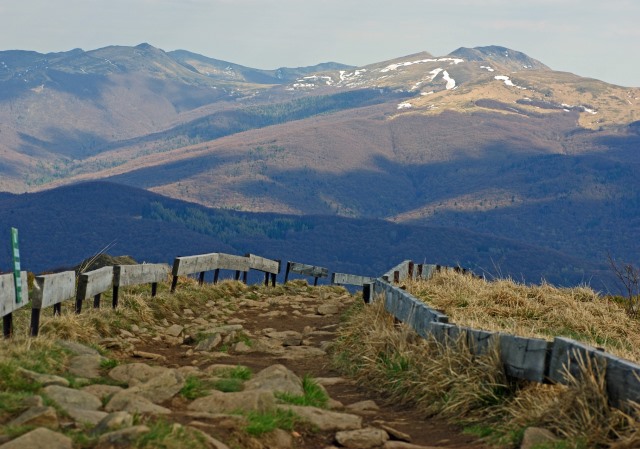
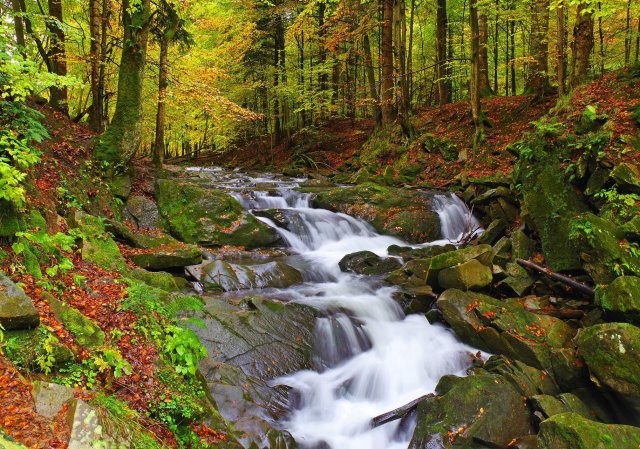
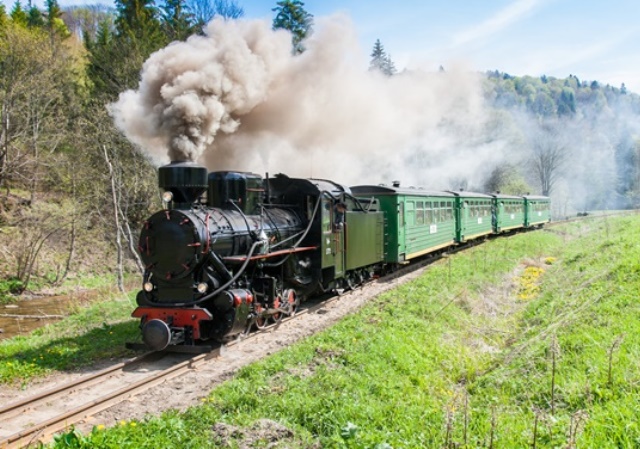
Sample itinerary
DAY 1 – arrival in Warsaw. Panoramic city tour: drive along the Royal Route, linking the Old Town with Łazienki Park and Palace passing Warsaw’s most prestigious historic buildings, palaces and embassies. Lunch at a restaurant in the Old Town. Departure for Częstochowa. Dinner and overnight in Częstochowa.
DAY 2 – Excursion to Ojcowski National Park. The most attractive sights are the spectacular isolated rocks such as Hercules’ club, Deotyma Needle which are similar to the rocks in Turkish Capadoccia or Arizona. The Park has approximately 400 caves. One of the most interesting is Łokietek Cave (320 m). The ruins of the Gothic castle in Ojców and the Renaissance residence in Pieskowa Skała are major attractions within the park. Walk through the park and then along the Eagles’ Nests Track – a group of Medieval fortresses. Lunch at a local inn in Ojców. This area gives a great opportunity for active tourism such as hiking, biking and horse riding. Dinner and overnight in Kraków.
DAY 3 – morning city tour, including a visit to Wawel Castle. Time for lunch. Excursion to Wieliczka. Visit to the salt mine. Dinner and overnight in Kraków.
DAY 4 – departure for Zakopane. En route stop in Wadowice, the birthplace of Pope John Paul II. Then rafting through Pieniny Mountains on Dunajec Gorge. Pieniński National Park is located in the Pieniny Mountains in Southern Poland at the border with the Slovak Republic. The main attraction is rafting with wooden rafts on Dunajec River Gorge through the limestone rocks. This is one of the most amazing views in Poland. Arrival in Zakopane. Time for lunch. Cable car to Kasprowy hill. A walk along crowded Krupówki Street – Zakopane’s main shopping and entertainment area. Dinner and overnight in Zakopane.
DAY 5 – Poland’s only alpine mountain range – set within the Tatra National Park, the Tatra range forms part of the Western Carpathians bordering the Slovak Republic. The Tatra National Park was granted the status of UNESCO International Biosphere Reserve of world-wide importance in 1993. Walk through the picturesque Kościeliska and Chochołowska Valleys, a great area for hiking. The 300 km of well-marked tourist trails are graded to denote different levels of difficulty. Hikers may rest at the old shepherds shelters along the route. Farewell dinner with folk entertainment at a local inn in Zakopane.
DAY 6 – departure for Lublin. En route stop in Dębno. Visit to famous Baroque palace in Baranów Sandomierski. Arrival in Lublin. Walk through the Old Town. Dinner and overnight in Lublin.
DAY 7 – visit to Lublin Castle’s 14th century Chapel with Byzantine frescoes, one of the most precious examples of Medieval art in Poland and Europe. Departure for Białowieża Forest. En route stop in Kozłówka Palace with an exhibition of Socialist Realist painting and sculpture. Drive to Grabarka – country’s most important centre of orthodox pilgrimage. Lunch in Siemiatycze. Dinner and overnight in Białowieża.
DAY 8 – Białowieża National Park, the European Bisons’ Kingdom and the last primeval forest in lowland Europe. Walk through Białowieża Forest. Visit to the bison reserve – the symbol of the park. Lunch at a local inn. The park is abundant in animal life, with more than 12 000 species. Many of them are under protection. One of the most beautiful groups of ancient oaks named after the kings of Poland and Lithuania grows in the Old Białowieża Glade. These oaks are more than 400 years old. Dinner and overnight in Białowieża.
DAY 9 – departure for Warsaw. Free time to explore the city and for shopping Dinner by individual arrangement. Overnight in Warsaw.
DAY 10 – transfer to the airport. Departure.

